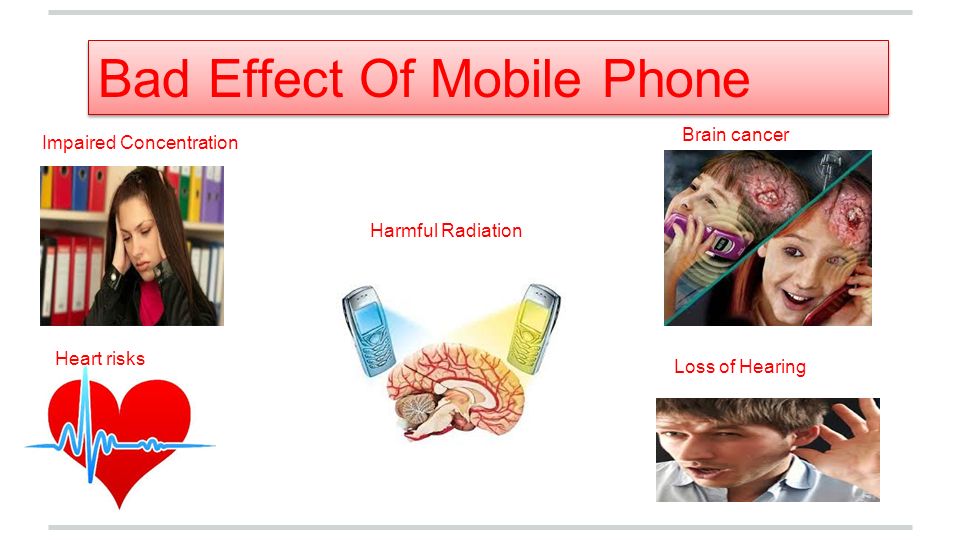

The World Health Organization's International Agency for Research on Cancer (IARC) classified RFR as "possibly carcinogenic to humans" in 2011. Last year, a $30 million study conducted by the U.S. Moreover, these limits should be based on a biological effect, not a change in a laboratory rat’s behavior. New exposure limits are needed which account for these differential effects. Along with the patterning and duration of exposures, certain characteristics of the signal (e.g., pulsing, polarization) increase the biologic and health impacts of the exposure. The FCC’s RFR exposure limits regulate the intensity of exposure, taking into account the frequency of the carrier waves, but ignore the signaling properties of the RFR. They have published more than 2,000 papers and letters on EMF in professional journals. The scientists who signed this appeal arguably constitute the majority of experts on the effects of nonionizing radiation. Damage goes well beyond the human race, as there is growing evidence of harmful effects to both plant and animal life.”

Effects include increased cancer risk, cellular stress, increase in harmful free radicals, genetic damages, structural and functional changes of the reproductive system, learning and memory deficits, neurological disorders, and negative impacts on general well-being in humans. “Numerous recent scientific publications have shown that EMF affects living organisms at levels well below most international and national guidelines. The appeal makes the following assertions:

Yet, since the FCC adopted these limits based largely on research from the 1980s, the preponderance of peer-reviewed research, more than 500 studies, have found harmful biologic or health effects from exposure to RFR at intensities too low to cause significant heating.Ĭiting this large body of research, more than 240 scientists who have published peer-reviewed research on the biologic and health effects of nonionizing electromagnetic fields (EMF) signed the International EMF Scientist Appeal, which calls for stronger exposure limits. These limits are based upon a behavioral change in rats exposed to microwave radiation and were designed to protect us from short-term heating risks due to RFR exposure. The chairman of the Federal Communications Commission (FCC) recently announced through a press release that the commission will soon reaffirm the radio frequency radiation (RFR) exposure limits that the FCC adopted in the late 1990s. Since much of our research is publicly-funded, we believe it is our ethical responsibility to inform the public about what the peer-reviewed scientific literature tells us about the health risks from wireless radiation.

The telecommunications industry and their experts have accused many scientists who have researched the effects of cell phone radiation of "fear mongering" over the advent of wireless technology's 5G.


 0 kommentar(er)
0 kommentar(er)
